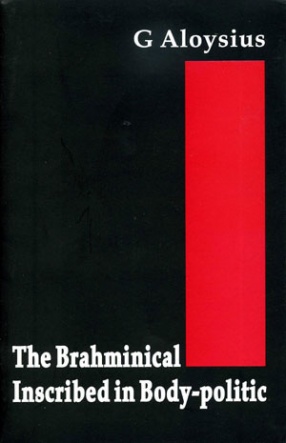The parallel and often counter mobilizations of the countless number of colonially subalternised and Sanskritic-Brahminically excluded social groups had been slow, attenuated and sporadic. As suggested above, these latter the majority had hoped for and initially made significant efforts towards egalitarian merger into a larger socio-political identity, but soon enough learned that a new sociality, there was not going to be, and the call by the Sanskritic-Brahminical was unambiguously for subordinate inclusion.
There however, was no unpredictability as to the stand the journal would take on the different aspects of the issue: for one thing, the earlier Tamizhan had laid out comprehensively its own ideological stand on all the major issues of history, culture and society; and as modern politics unfolded itself on the basis and out of these, there definitely was going to be a continuity of perspective in the new journal; secondly the broad polarization that was taking shape within society at large was also a continuity in the sense that it was already visible in Iyothee Thassars times, and the later developments in broad outlines at least, were only elaborations of the earlier beginnings.







There are no reviews yet.